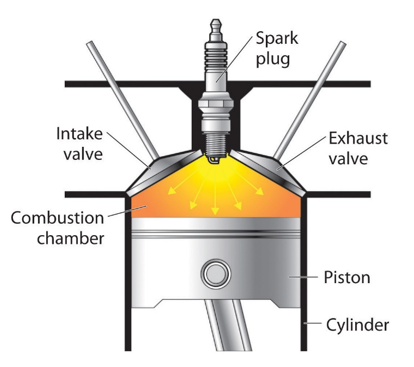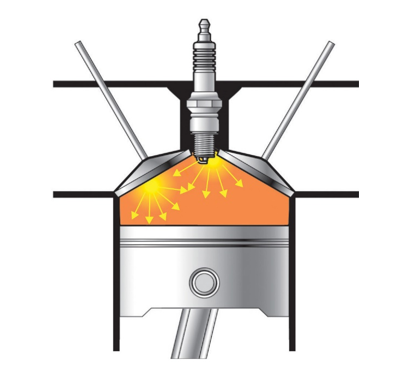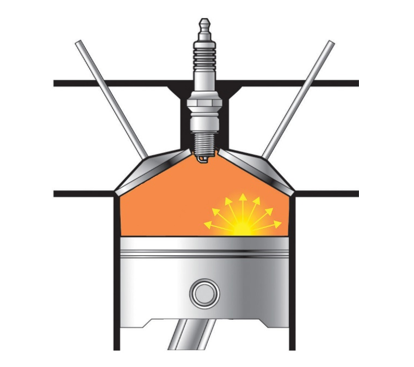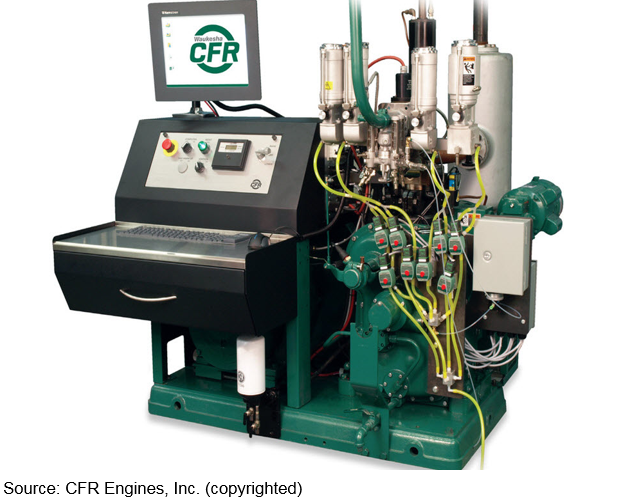What is E85 Fuel?

E85 is a blend of gasoline and denatured ethanol containing up to 85 percent ethanol and is the highest ethanol fuel blend available in the market. E85 can only be used in flex fuel vehicles (FFVs) which are specifically designed to run on this fuel or any gasoline or ethanol blend ranging from E0 to E85. Much like diesel fuel, E85 is available at specially-marked fueling pumps.
Expanding use of E85 as a vehicle fuel would increase use of renewable fuel and reduce dependence on imported oil. E85 can also provide important reductions in greenhouse gas (GHG) emissions as compared to petroleum-derived gasoline or lower volume ethanol blends.

What is octane?
Octane ratings are measures of fuel stability. These ratings are based on the pressure at which a fuel will spontaneously combust (auto-ignite) in a testing engine. The octane number is actually the simple average of two different octane rating methods—motor octane rating (MOR) and research octane rating (RON)—that differ primarily in the specifics of the operating conditions. The higher an octane number, the more stable the fuel. Retail gasoline stations in the United States sell three main grades of gasoline based on the octane level:
- Regular (the lowest octane fuel–generally 87)
- Midgrade (the middle range octane fuel–generally 89–90)
- Premium (the highest octane fuel–generally 91–94)
Some companies have different names for these grades of gasoline, such as unleaded, super, or super premium, but they all refer to the octane rating.
Of the 18 isomers of normal octane (C8H18), octane gets its name from the 2,2,4-Trimethylpentane compound, which is highly resistant to auto-ignition. This iso-octane has been assigned the reference value of 100 for testing purposes. The extremely unstable normal heptane (C7H16) molecule is the 0 octane reference fuel.
How does the octane level affect my vehicle?
Engines are designed to burn fuel in a controlled combustion. A flame starts at the spark plug and burns throughout the cylinder until all of the fuel in the cylinder is burned. In comparison, spontaneous combustion, also called auto-ignition, detonation, or knock, happens when rising temperature and pressure from the primary combustion causes unburned fuel to ignite. This uncontrolled secondary combustion causes pressure in the cylinder to spike and causes the knock to occur.
The competition between the intended (controlled) and unintended (spontaneous) combustion causes the energy from the burning fuel to disperse unevenly, which can cause damage and place high pressure on the engine's piston before it enters the power stroke (the part of the cycle when the piston's motion is generating power).
Before electric computerized ignition was widely used, this knocking commonly occurred and could cause significant engine damage. Most modern engines have sensors to detect knocking. When detected, the computer delays the initial spark, which causes the controlled combustion to take place at a point when compression is not at its highest point. Although this eliminates the knock, it can cause the engine to run less efficiently.
A similar undesirable condition is called pre-ignition, when the fuel ignites on its own before the spark ignites it. Modern engine computers minimize this condition by controlling the timing of valves and fuel injection; however, this control mechanism can also come with a fuel-efficiency or emissions penalty.
How is octane measured?
The standard means of testing octane is with an octane testing engine. This test is similar to the way the mass of an object can be determined by comparing it to objects (references) of known mass on a balance scale. Primary Reference Fuels (PRF) of precisely known octane are formed by combining iso-octane, heptane, and other well-known standards such as toluene. These PRFs are used to bracket a given fuel sample to determine the pressure at which similar knock intensities are observed. This measurement is taken by adjusting the octane engine's cylinder height, which changes the compression ratio/pressure in the engine until the knocking reaches a specific intensity level.
The (R+M)/2 you see on the label refers to the average of the research octane number (RON) and the motor octane number (MON) ratings. To determine the RON, the fuel is tested under engine idle conditions with a low air temperature and slow engine speed. To determine the MON the fuel is tested under the more stressful conditions of higher air temperature and engine speed.
Historically, RON and MON were determined on separate testing machines specifically configured for each test. Current designs (see image below) allow the same engine to perform both tests. Despite this flexibility, many testers still prefer to use more than one machine with each specifically set up and calibrated to perform either RON or MON tests.






Leave a comment